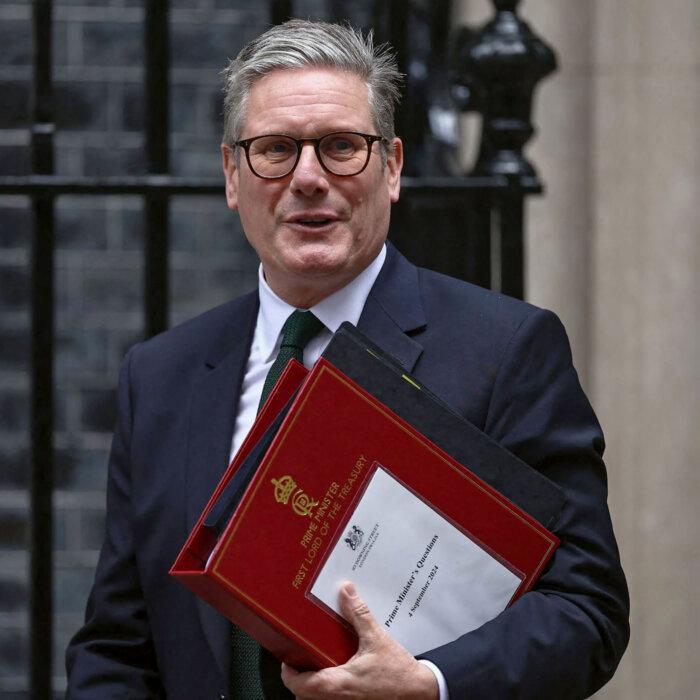Britain’s economic growth was weaker in the spring months than previously estimated, although the revisions did little to change the overall picture for the past two years.
Between April and June, GDP increased by 0.5 percent, revised down from an initial estimate of 0.6 percent.
The slightly weaker than expected growth followed a period of sluggish recovery from the technical recession the UK had entered at the end of last year. A technical recession marks a period of two successive quarters of negative growth.
Britain bounced back from the shallow recessionary period in the first three months of the year, with a GDP increase of 0.7 percent. In the first half of the year, the UK economy showed the fastest growth of any of the G7 nations.
In response, Chancellor Rachel Reeves said she was “under no illusion about the scale of the challenge” the UK faces “after 14 years of low economic growth.”
The ONS figures suggest that Britain’s recovery from recession was already losing steam as Labour came to power. Since its election, the government has committed to stabilising the economy and promoting economic growth.
Despite the widely expected announcement of tax increases and spending cuts in the October Budget, Labour said it will not inhibit economic growth.
Sector Growth
The second quarter revised figures showed a stronger services sector, where output grew by 0.6 percent. This was partially offset by falls in both production and construction.In services, the largest contribution came from a 2.9 percent increase in information and communication, including computer programming and consultancy. Professional, scientific, and technical activities also grew by 1.9 percent.
The largest drivers of the fall in consumer-facing services came from buying and selling, renting and operating of own or leased real estate, and a fall in wholesale and retail trade.
Production recorded a drop by 0.3 percent in the spring months, down from the estimate of 0.1 percent. This was driven by a decline in manufacturing. The ONS said that anecdotal evidence suggested it owing due to factories repurposing to prepare for increased electric car manufacturing and temporary supply chain issues.
The ONS recorded a fall in construction by 0.2 percent, revised from a 0.1 percent figure. However, after the second quarter of the year, the sector showed growth in both May and June.
The ONS has also revised growth data for the whole of 2023, reporting an increase by 0.3 percent from an initial 0.1 percent, bolstered by stronger income data such as business profits and employee wages.
While real households’ disposable income is estimated to have grown more slowly than previously projected, the household saving ratio was at 10.0 percent, up from 8.9 percent in the first quarter of the year.
“Our latest data show that household savings continue to increase and are now at their highest rate since the Covid-19 lockdowns,” said McKeown.
The increase was driven by increases in wages and social security benefits, as well as a fall in total paid social contributions.







